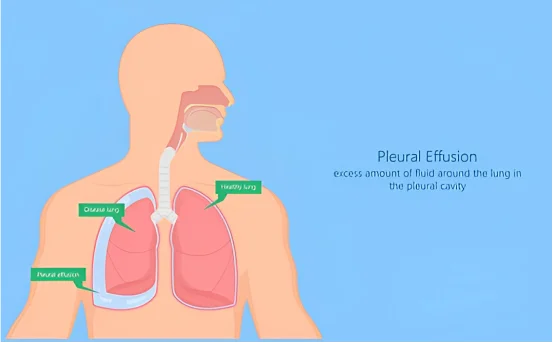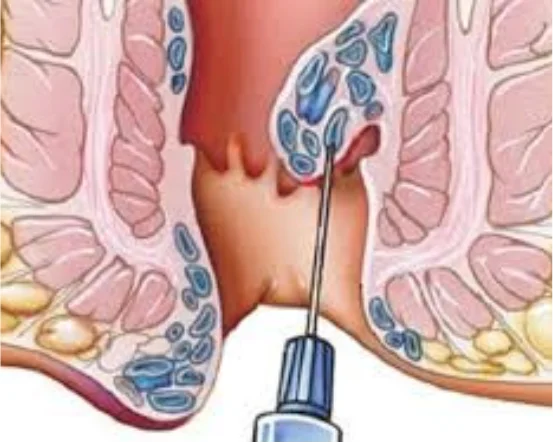Segmentectomy is a minimally-invasive surgery that removes a segment from an organ. The most common one is the lung. This is a targeted surgery that removes a bronchopulmonary segment, while leaving the rest of lung tissue intact. This procedure is part of the broader treatment for segmentectomy surgery.
The procedure is particularly useful for patients who do not qualify for a full lobectomy, which involves removing an entire lung lobe, due to their age, decreased lung function or other health issues. Segmentectomy can be used to treat early non-small-cell lung cancer and patients with localized or small tumors, making it an important treatment for segmentectomy surgery.
Segmentectomy is a better option than traditional lung surgery because it offers better lung preservation and quicker recovery. It also has fewer complications. This makes it the preferred choice for patients at high risk or who are seeking lung-saving surgery, which is essential in the context of treatment for segmentectomy surgery.
Why do Segmentectomy Take Place?
-
- Lung Cancer Treatment:- Most commonly, segmentectomy is performed to remove early-stage lung tumors of small size that are located within a single lung segment. A segmentectomy is a curative treatment option when tumors are detected through early screenings such as low-dose CT scans. This ensures that the tumor is removed with clean surgical margins, while maintaining lung function.
Overall, the treatment for segmentectomy surgery is a promising approach for patients with specific tumor characteristics, ensuring effective management of their condition.
- Benign Tumors and Nodules:- Segmentectomy is sometimes performed to remove nodules suspected of being precancerous or causing symptoms. This procedure is useful for both diagnosis and therapy, especially when imaging or biopsies cannot confirm the nature of the tumor.
- Metastatic Disease:- Segmentectomy is an effective technique for removing cancerous tissue from the lung without having to perform a lobectomy.
- Improved Quality of Life:- Segmentectomy only removes a small part of the lung. This means that patients will experience fewer complications with breathing and lung function after surgery. This is important, especially for older patients and those with respiratory conditions such as COPD or Emphysema.
Different types of segmentectomy procedures
- Open Segmentectomy (Thoracotomy):- Traditional surgical technique that involves a large incision on the chest in order to reach the lungs. This technique is used to remove more complex segments or when video-assisted methods are not possible.
- VATS (Video Assisted Thoracoscopic surgery):- The minimally invasive lung procedure involves smaller incisions, and a camera is used to guide the surgical tools. VATS results in faster recovery times, less pain and shorter hospital stays.
- Robotic-Assisted Segmentectomy:- A robotic arm controlled by a surgeon allows for precision movements. It offers high-definition, 3D visualisation and enhanced dexterity. This makes it ideal for complex or deeply-seated segment removal.
Segmentectomy surgery has many benefits
- Lung Preservation: A segment of the lung is removed to preserve healthy tissue.
- Reduced Risk of Complications – Especially when using minimally invasive methods.
- Fast Recovery: Patients who undergo lobectomy recover more quickly than patients who do not.
- Effective cancer control: provides comparable outcomes for early stage lung cancer.
- Reduced postoperative pain: Smaller incisions cause less trauma to the chest.
- Fewer Days in Hospital: Most patients go home after surgery within a couple of days.
Post-surgical Recovery and Treatment
- Hospitalization and monitoring:- Patients are closely monitored after surgery for lung function and pain. Infection risk is also assessed. Most patients are hospitalized for 2 to 4 days, depending on the type of surgery.
- Pulmonary Rehabilitation:- To improve lung capacity, breathing exercises, walking and lung-strengthening programmes are recommended.
- Follow-up Imaging:- To ensure that there is no recurrence of cancer and the remaining lung tissue functions well, regular CT scans or radiographs are performed.
- Adjuvant Therapy:- Depending on the results of the pathology, it may be necessary to recommend additional treatment such as radiation or chemotherapy after surgery in cases of cancer.
Risks and Complications
Segmentectomy is a surgical procedure that carries some risks. These include:
- Bleeding
- Infection
- Air leaks
- Reduced lung function
- The pain or nerve damage
- Recurrence (rare cases) of cancer
The risks of surgery are reduced significantly with the use of advanced techniques such as VATS and robotic assistance.
Who is the ideal candidate for segmentectomy?
Segmentectomy is most suitable for:
- Early-stage lung cancer patients (Stage IA).
- Multiple small tumors in individuals
- People with low pulmonary reserve and those who cannot tolerate lobectomy
- Patients with chronic conditions or elderly patients
- Patients who prefer minimally invasive surgery that reduces lung tissue removal
To determine the most effective treatment, a thorough evaluation by both a thoracic and an oncologist are essential.
Conclusion
Segmentectomy surgery is a major advancement in thoracic surgeries, providing a less invasive, safe and effective treatment for lung cancer patients. This surgery, which removes only the affected portion of the lungs, allows the patient to enjoy better health, quicker recovery, and a higher quality of life.
Segmentectomy is the best option for patients with localized or small lung tumors or those who are unable to undergo extensive surgery. It combines precision, preservation and proven results.
Consult a minimally-invasive thoracic surgeon if you or a loved one are considering treatment options for lung segment or early stage lung cancer.























